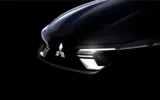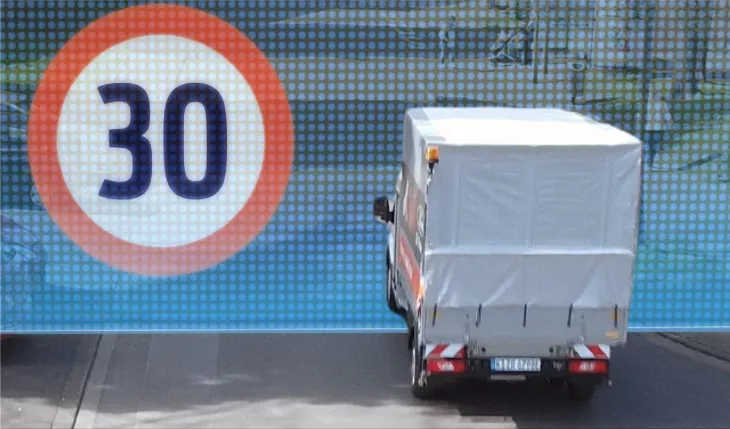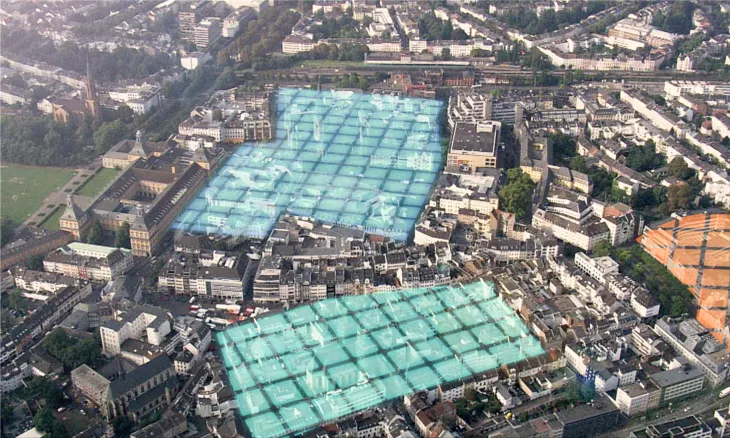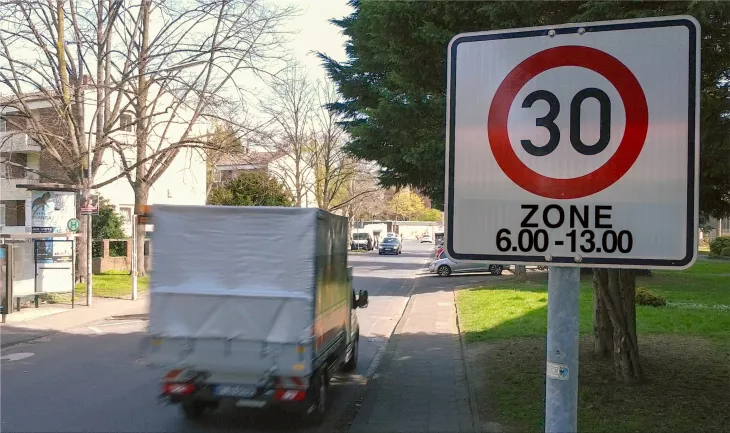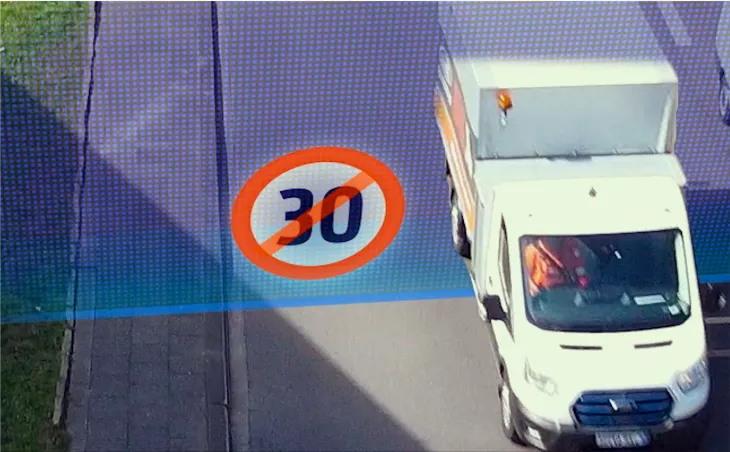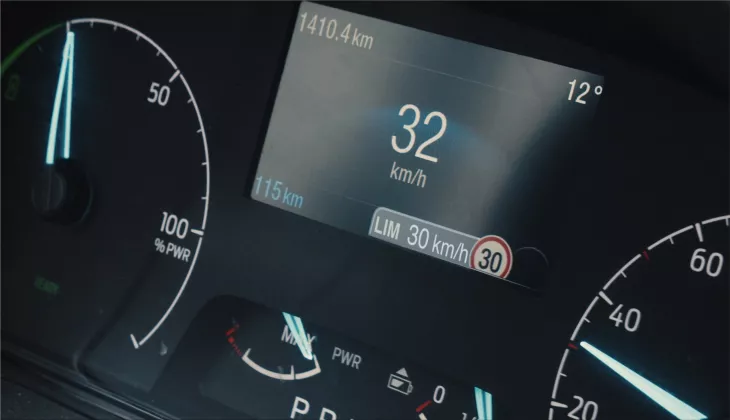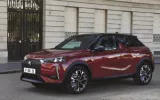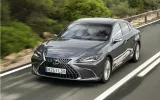Speed limits are enforced close to educational institutions, medical facilities, and commercial districts in many cities. Still, you might not be able to recognize the symptoms if they are hard to see. For example, they might be hidden by nearby branches or come with a group of other symptoms.
Ford is now conducting research and development on connected car technology that uses geofencing, sometimes known as a virtual geographical border. If successful, this research may one day make speed limit signs obsolete. Ford's Geofencing Speed Limit Control technology makes roads safer for pedestrians and other drivers, but it can also help drivers avoid getting fines for going over the speed limit by accident.
"Connected automobile technology has the proven potential to assist in making everyday driving easier and safer for all, not just the person behind the wheel," said Michael Huynh, head of City Engagement Germany for Ford of Europe. "Connected automobile technology has the proven potential to make everyday driving safer for all," said Michael Huynh. "Geofencing may be used to guarantee that speeds are decreased where they need to be—and even when they need to be reduced—to increase safety and create a more pleasant atmosphere."
Depending on the country, walkers and bikers account for up to 29 percent of fatalities on European roads. As a result, the establishment of zones with a speed limit of 30 km per hour is regarded as one of the most important steps that can be taken to decrease the danger to pedestrians in metropolitan areas. This is because drivers have more time to respond, and the collision speed is reduced.
There are currently driver assistance systems available, such as Ford's Intelligent Speed Aid and Adaptive Cruise Control with Stop & Go, which ensure that drivers do not go above the permitted speed limit. In addition, the Geofencing Speed Limit Control technology that Ford offers has the potential to be more adaptable and productive than on-board solutions. It was applicable to both Ford's commercial vehicles and its consumer automobiles.
This study aims to investigate the effect that lowering speed limits has on enhancing the flow of traffic and decreasing the likelihood of accidents using two FordPro cars. Tests with the all-electric Ford E-Transit vehicles have been conducted in all of the 30 km/h zones in the city center of Cologne, Germany, and in select 50 km/h and 30 km/h zones in other parts of the city.
The trial will take place over a year and is based on new research projects being conducted by Ford to enhance road safety. These projects include connected traffic lights that can automatically turn green to make the roads safer for emergency vehicles like ambulances, fire trucks, and police cars. They also include speakers installed in cars to let drivers know when someone or something is coming up behind them.
The local risk information that Ford began providing in the Ford Puma contributes to the overall improvement of road safety. The linked technology, which is already available on 500,000 Ford vehicles in Europe, has already informed drivers of more than 35,000 damaged vehicles, both Ford and non-Ford, and is projected to warn drivers of more than 100,000 dangers every month in Europe by 2021.
The testing findings were the product of a joint effort on the part of the Ford City Engagement team, governmental authorities in Cologne and Aachen, and Ford's software developers in Palo Alto, in the United States. Engineers from Palo Alto and Aachen worked together to make the technology that connects the car to the geofencing system so that GPS and data can track it can be shared.
The information is relayed to the driver through the display on the vehicle's instrument panel, which indicates the new speed restriction by flashing it below the driver's current speed. When it enters a geofence zone, the car will automatically slow down to comply with the new speed limit. The vehicle driver can override the system and turn off the control that limits the speed.
It is possible that in the not too distant future, drivers may be able to use Ford's Geofencing Speed Limit Control technology to configure their geofencing zones at speeds as low as 20 kilometers per hour, including at private facilities and storage facilities. Of course, you can also set speed limits in a way that changes based on things like local dangers, temporary road work, and the time of day.
The German Traffic Act specifies more than a thousand different types of traffic signage. It is believed that the overall number of road signs in the United Kingdom has reached around 4.6 million, having more than quadrupled in the past two decades. As a direct consequence of this, the Department of Transport insists that municipal governments remove signage that is both useless and unsightly.
Dr. Bert Schroer, Head of Vehicle Technology and Mobility, "Our drivers should benefit from the latest technical support, including geofencing-based assistance systems that enable them to keep speed limits and fully concentrate on the road." "Our drivers should benefit from the latest technical support, including geofencing-based assistance systems."
The trial will continue until March 2023 and is a part of more significant research initiatives that put E-Transit cars to the test in various intense real-life operating scenarios. These scenarios include postal, municipal, and public utility services and the last mile and food delivery sectors in France, Germany, Italy, the Netherlands, Norway, and the United Kingdom. The trials are being conducted in these countries.
In addition, Ford uses geofencing technology to enhance the air quality in urban areas. This technology ensures that when the Ford Transit Custom PHEV drives into a low-emission zone, the engine automatically switches to a zero-emission driving mode.



